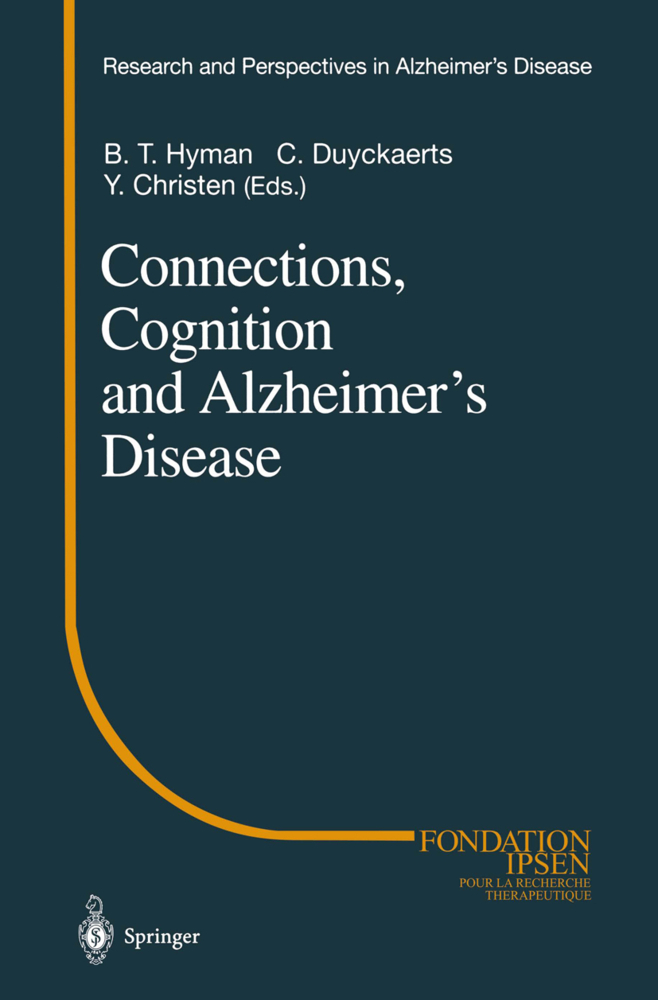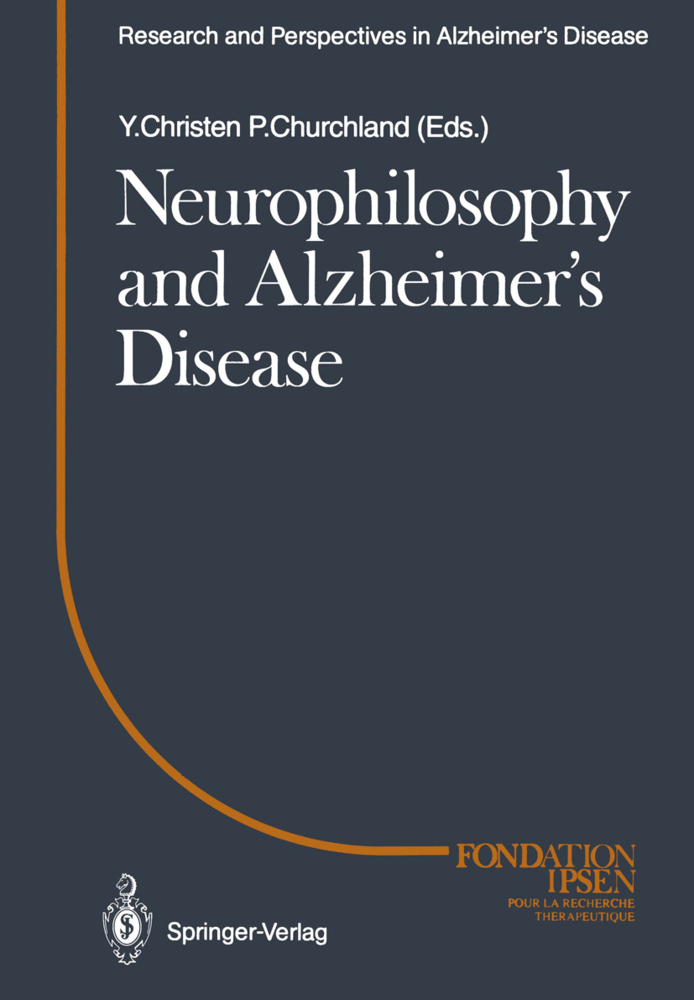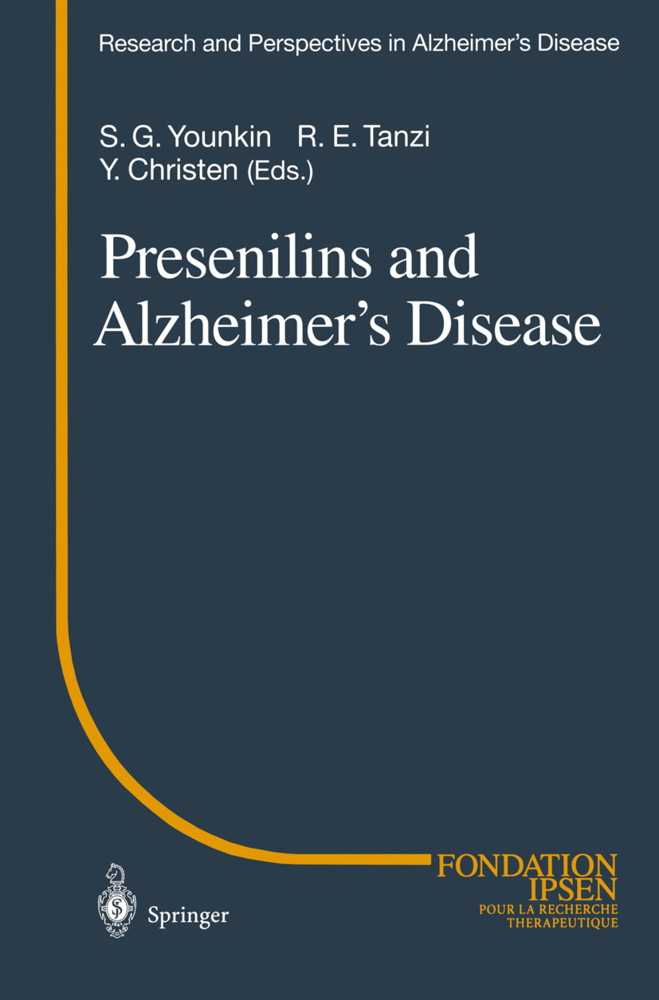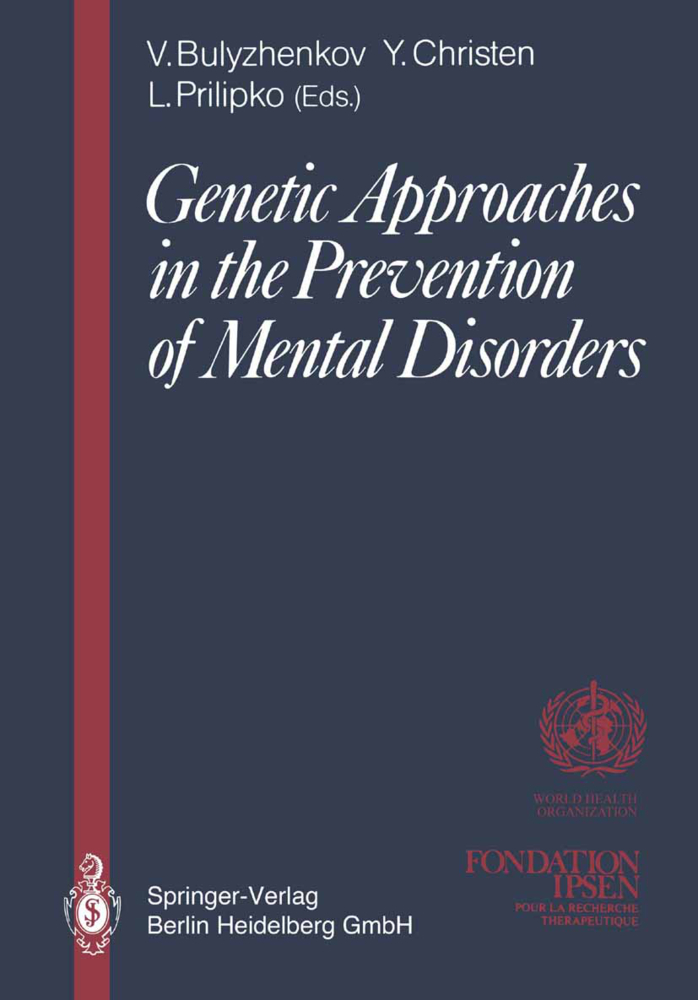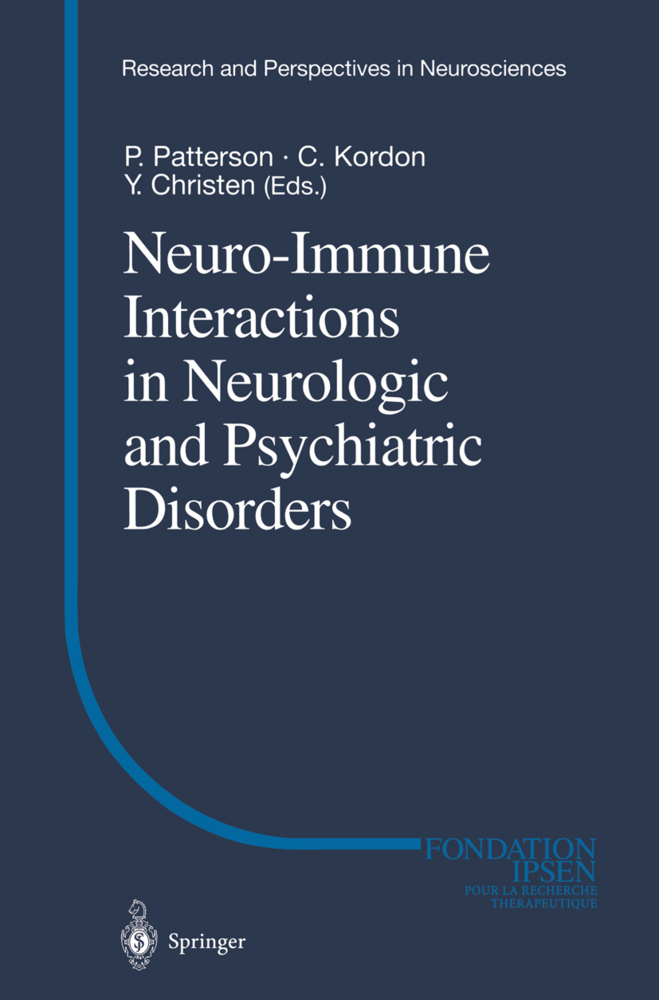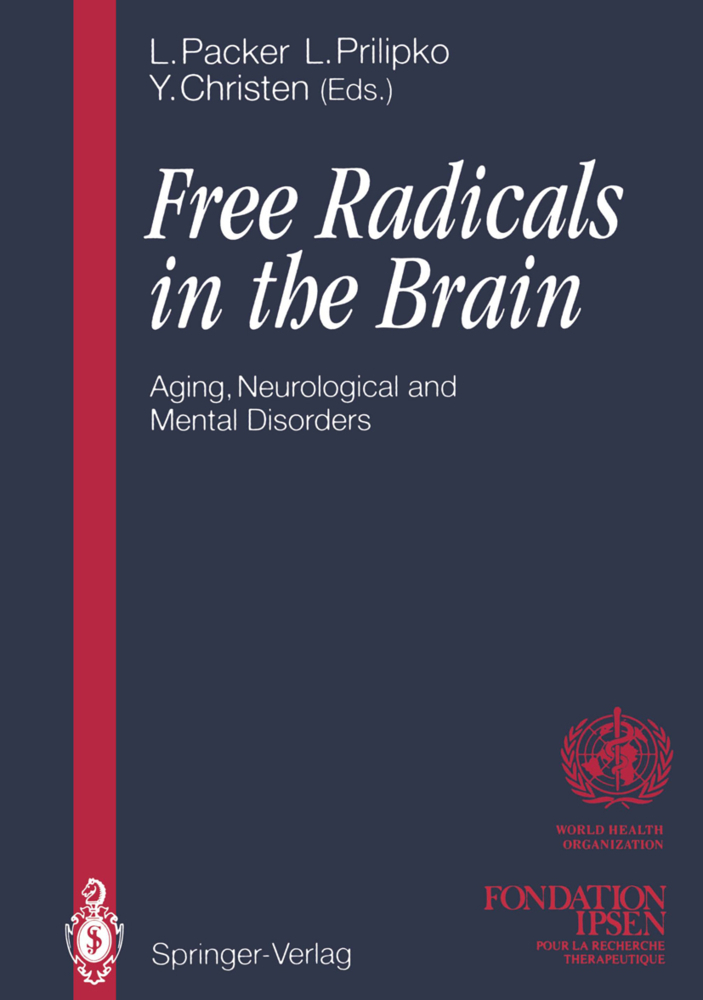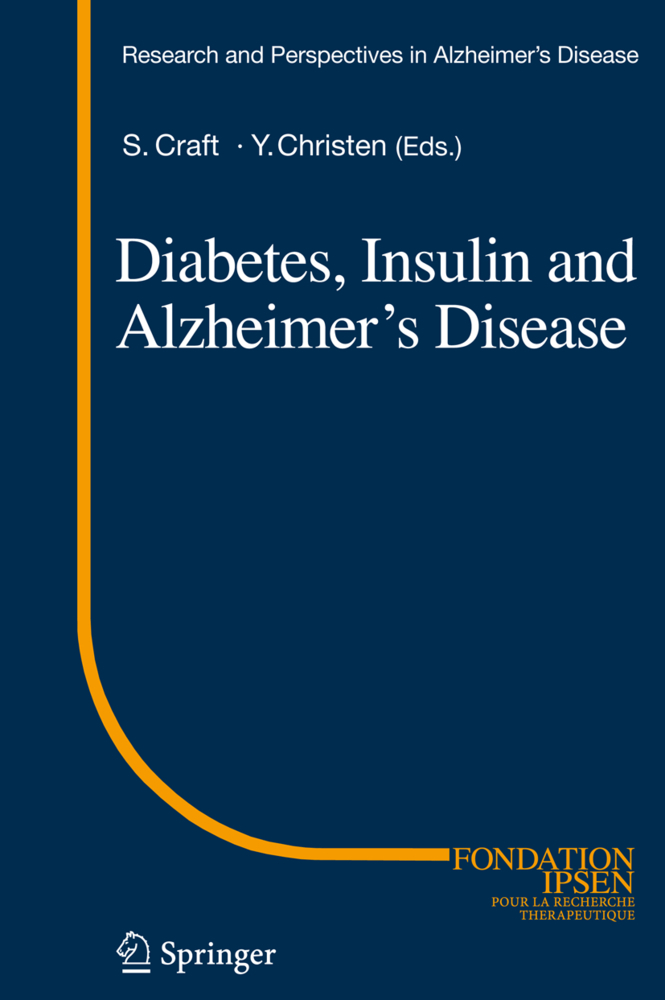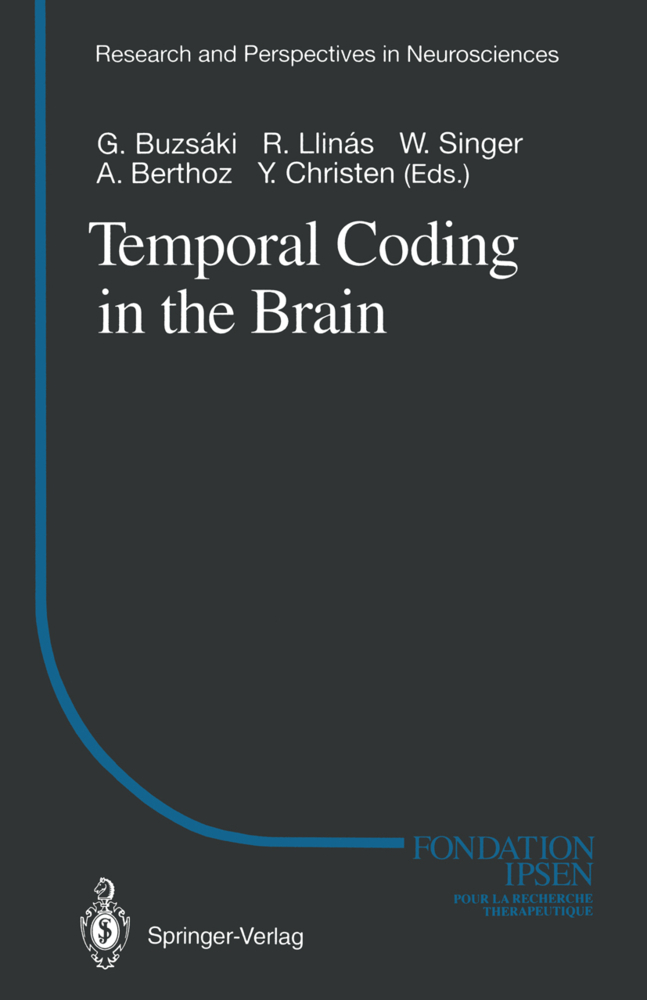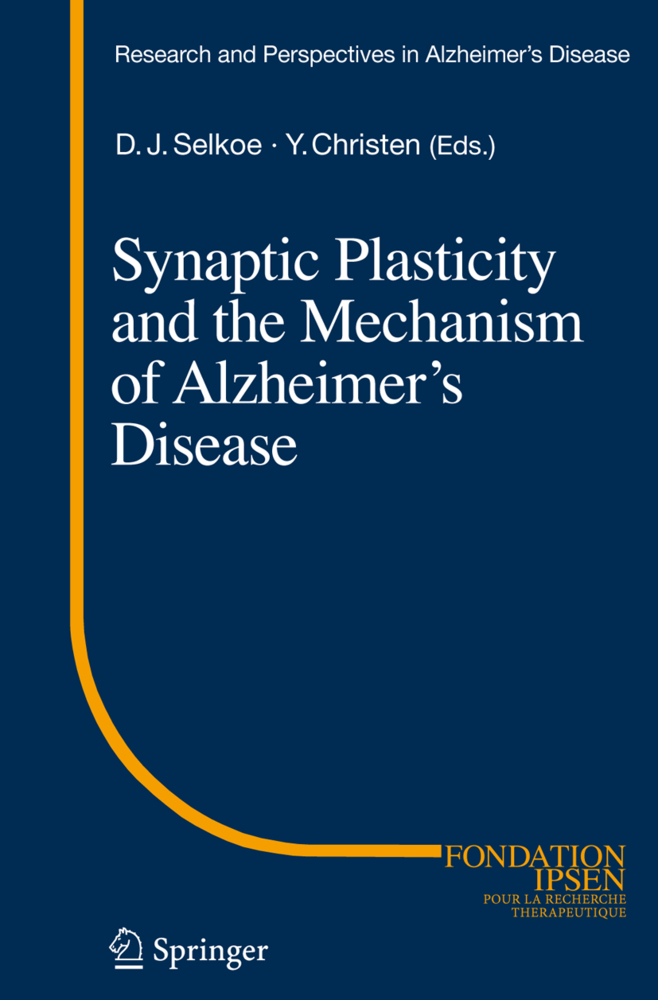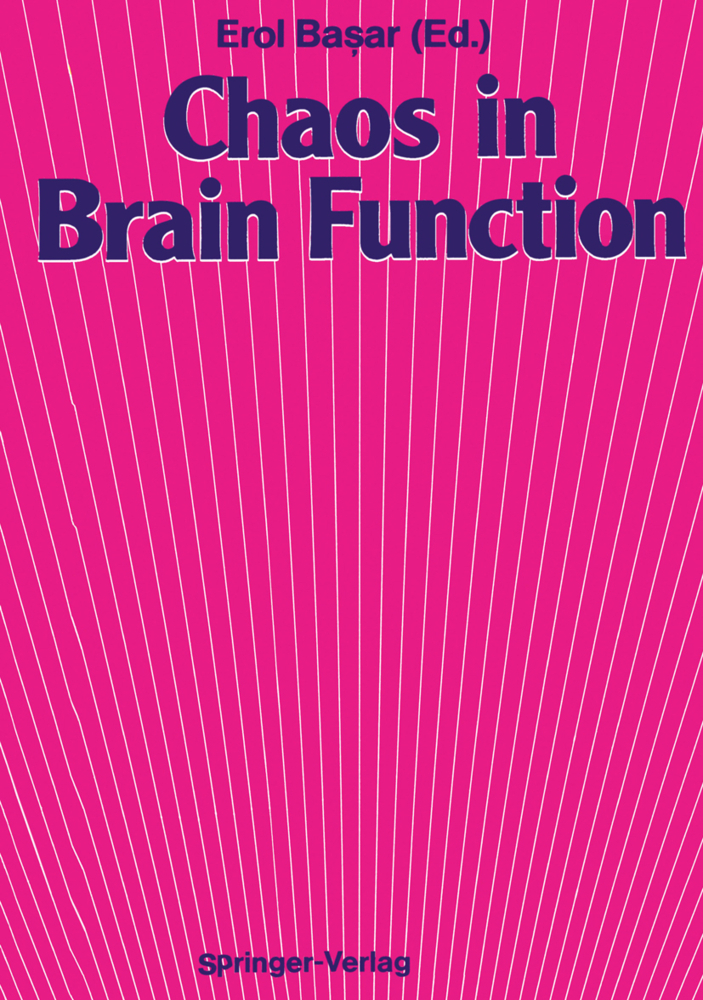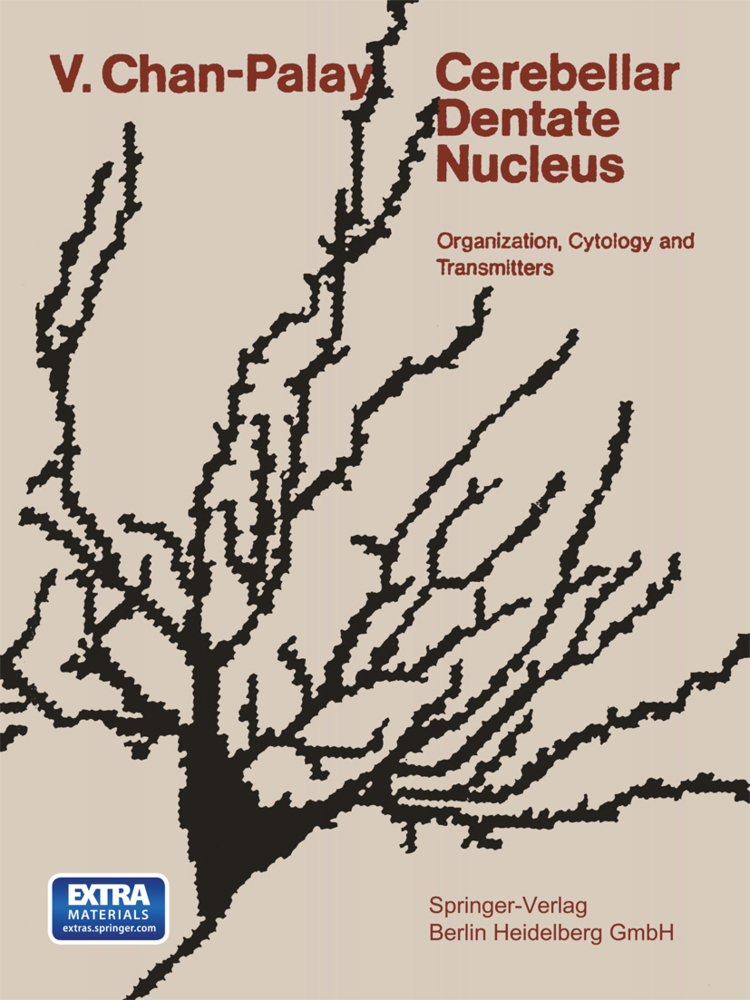Connections, Cognition and Alzheimer's Disease
Connections, Cognition and Alzheimer's Disease
Alzheimer's disease invades the brain from the inside. Unlike an abcess, a metas tasis or an infarct, the disease follows specific tracks and avoids certain cortical areas while flourishing in others. Any observer is struck by the exquisite selectiv ity of the lesions and could, indeed, conclude that Alzheimer's disease knows neuroanatomy. However, should the term "disease" be used to define this disor der? Several genes, located on at least three different chromosomes, have been implicated in the disease. The ApoE4 genotype has been shown to be an impor tant risk factor, but dementia pugilistica also suggests that environment can be involved in at least some aspects of the disorder. These data favor the now preva lent view that Alzheimer's disease should instead be considered as a syndrome, and probably all of the contributors to this volume are ready to endorse this point of view. If "Alzheimer's syndrome" is the final common pathway to several pathoge netic mechanisms, there should be an event at one point in the course of the spe cific etiology that triggers a somewhat stereotypic diffusion process along some neural connections. Scientists who are fascinated by the way in which the ner vous system has morphologically encoded its function after a long phylogenetic history are also fascinated by this pathological progression of Alzheimer's syn drome.
Plaques and Tangles: Where and When?
Cortical Mapping of Pathological Tau Proteins in Several Neurodegenerative Disorders
Neurofibrillary Tangles are Associated with the Differential Loss of Message Expression for Synaptic Proteins in Alzheimer's Disease
Morphologic and Neurochemical Characteristics of Corticocortical Projections: Emergence of Circuit-Specific Features and Relationships to Degenerative Changes in Alzheimer's Disease
Reduced Neuronal Activity is one of the Major Hallmarks of Alzheimer's Disease
Neurodegenerative Alzheimer - Like Pathology in PDAPP 717V ?F Transgenic Mice
Molecular Mechanisms of Synaptic Disconnection in Alzheimer's Disease
Is Alzheimer's Disease Accelerated Aging? Different Patterns of Age and Alzheimer's Disease Related Neuronal Losses in the Hippocampus
Connections and Cognitive Impairment in Alzheimer's Disease
Distributed Hierarchical Neural Systems for Visual Memory in Human Cortex
Brain and Language.
Aspects of Cortical Destruction in Alzheimer's Disease
Cortical Feedforward and Cortical Feedback Neural System in Alzheimer's DiseasePlaques and Tangles: Where and When?
Cortical Mapping of Pathological Tau Proteins in Several Neurodegenerative Disorders
Neurofibrillary Tangles are Associated with the Differential Loss of Message Expression for Synaptic Proteins in Alzheimer's Disease
Morphologic and Neurochemical Characteristics of Corticocortical Projections: Emergence of Circuit-Specific Features and Relationships to Degenerative Changes in Alzheimer's Disease
Reduced Neuronal Activity is one of the Major Hallmarks of Alzheimer's Disease
Neurodegenerative Alzheimer - Like Pathology in PDAPP 717V ?F Transgenic Mice
Molecular Mechanisms of Synaptic Disconnection in Alzheimer's Disease
Is Alzheimer's Disease Accelerated Aging? Different Patterns of Age and Alzheimer's Disease Related Neuronal Losses in the Hippocampus
Connections and Cognitive Impairment in Alzheimer's Disease
Distributed Hierarchical Neural Systems for Visual Memory in Human Cortex
Brain and Language.
Hyman, Bradley T.
Duyckaerts, Charles
| ISBN | 9783642645044 |
|---|---|
| Artikelnummer | 9783642645044 |
| Medientyp | Buch |
| Auflage | Softcover reprint of the original 1st ed. 1997 |
| Copyrightjahr | 2011 |
| Verlag | Springer, Berlin |
| Umfang | 194 Seiten |
| Abbildungen | XIV, 194 p. With 8 Falttafeln. |
| Sprache | Englisch |

